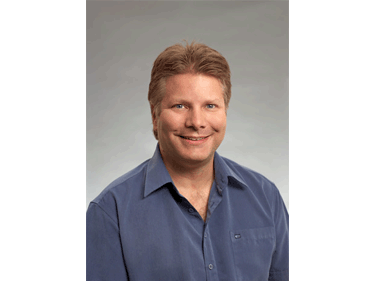[Editor’s Note: The following commentary was originally submitted in response to a questionnaire for SCN’s Top Business and Technology Trends for 2015. Check out the December print edition of SCN for more commentary by manufacturers and consultants.]
What technology and/or verticals were most successful in 2014?
John McMahon, Meyer Sound
Live sound and touring continue to be a key source of growth for Meyer Sound this year, following our February launch of the LYON line array loudspeaker, which offers the high power and low distortion of our popular LEO Family systems in a compact and flexible package. Shows that have benefited from the impact and flexibility of the new LYON cover music of all genres, from the ADE Special Amsterdam Dance Event, to Journey, the Steve Miller Band, hip-hop duo Outkast, and the chart-topping singer-songwriter Ed Sheeran. With close to 50 rental companies now using a LEO Family system as their flagship product, live sound and touring will remain a driving force of Meyer Sound’s success.
- The strong demand for the LEO Family in touring also has made a positive impact on our installation sector, as most live venue owners prefer to invest in loudspeaker systems that are rider friendly. In addition, Meyer Sound-equipped tours provide a valuable listening opportunity for key decision makers looking for new products to offer for an exceptional listening experience in their venues, whether live theater, churches, or stadiums.
What customer or end-user demand surprised you and why?
We initially designed our steerable CAL (Column Array Loudspeaker) as a solution for delivering unprecedented vocal clarity in the most reverberant environments, such as houses of worship, concert halls, or even airports. And we’ve had some great success in these markets. For example, CAL was perfect for Vienna’s legendary Musikverein and the San Francisco Opera. What we didn’t foresee was that CAL’s focused power, precision coverage, and weather protection feature would make it an ideal product for outdoor sports facilities as well. In fact, the very first installation of CAL took place at California Memorial Stadium at the University of California Berkeley. CAL’s slender, ten-foot-high columns, discreetly mounted around the stadium’s outer rim, proved to be an elegant solution. It preserved the architectural integrity of the historic architecture inspired by Rome’s Coliseum while providing extraordinarily high speech intelligibility despite the crowd noise in the 63,000-capacity seating bowl.
Since then, CAL has become a popular solution for stadiums and sports venues, providing remarkable speech and music clarity for fans at the central court of the Khalifa International Tennis and Squash Complex in Doha, Qatar, for the Bank of America Stadium (home to the National Football League’s Carolina Panthers in Charlotte, N.C.), the Boone Pickens Stadium serving the Oklahoma State Cowboys football team, and South Korea’s Sajik Baseball Stadium, widely considered the mecca for Korean baseball—with regular attendance of over 1,000,000 spectators in a season. In each of these stadium installations, CAL was selected for its advanced beam steering technology, which cuts through a challenging acoustic space, offering exceptional intelligibility with unmatched accuracy, control and power.
Which vertical market is on the rise and which do you see declining?
Educational institutions are fast becoming some of the most important innovators in audio technology. Meyer Sound is at the center of several exciting projects, ranging from systems that both enhance excitement and intelligibility at stadiums to the pioneering use of active acoustics in high-level research into the social and neurological effects of music. Our Constellation acoustic system provides the flexibility to change a room’s sonic properties to support a variety of uses.
To accommodate everything from film showings and interactive digital media presentations to experimental music concerts, Louisiana State University (LSU) found a solution with Constellation. South Korea’s Dongseo University created a truly multipurpose theatre with Constellation in order to host events from orchestral performances to rock concerts. Indiana University South Bend chose Constellation to transform a traditional lecture hall into a recital room that would also support audition recordings, and Stanford University is using Constellation to maximize intelligibility for collaborative learning methods, such as Q&As and to provide acoustic isolation for small-group discussions. The U.S. Department of Defense institute in Hawaii installed two systems specifically for the voice lift function. Variable acoustic technology has largely been an untapped resource in research labs, but recently, McMaster University in Canada has put Constellation to use in its research into the social and neurological effects of music. Because they can now customize the sonic qualities of a space, researchers will be able to investigate everything from how musicians interact during performance to the effectiveness of new hearing aid designs.John McMahon is Vice President of Solutions and Strategy, Meyer Sound.
